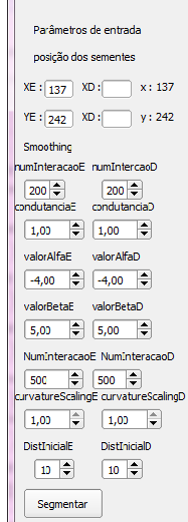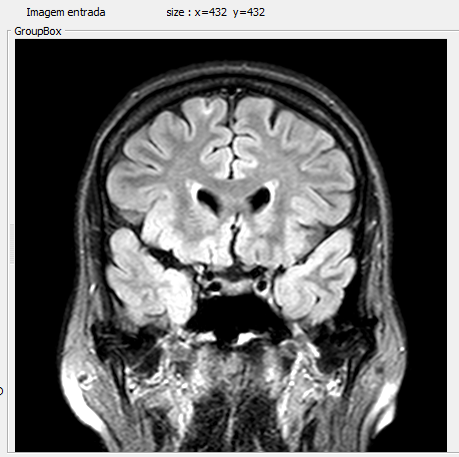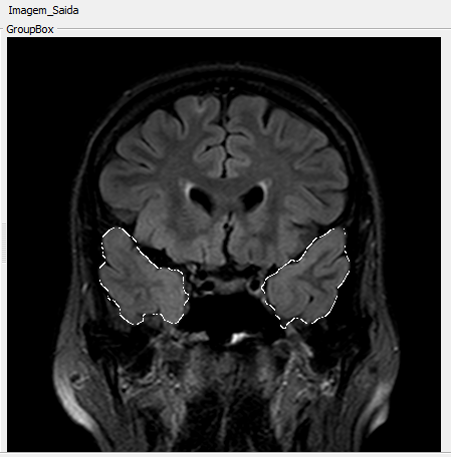Difference between revisions of "2013 Summer Project Week:Epilepsy Surgery"
From NAMIC Wiki
| Line 63: | Line 63: | ||
<br> | <br> | ||
<li>Of all three classifiers: | <li>Of all three classifiers: | ||
| − | < | + | <br>-- artificial neural network; |
| − | < | + | <br>-- nearest neighbour; |
| − | < | + | <br>-- and decision tree |
<li> tested, the one based on "J48" decision tree had the best, and most interesting results. | <li> tested, the one based on "J48" decision tree had the best, and most interesting results. | ||
| − | + | <li>32 feature have been used to constructo descriptors vectors of segmented images: | |
| − | 24 | + | <br>-- 24 were extracted from the co-occurrence matrix using Haralick texture descriptors and |
| − | 8 intensity histogram | + | <br>-- 8 were intensity statistics obtained from histogram. |
| − | When evaluating the performance of the three classifiers selected for the learning process, as a basis of 70 training samples and 28 test. | + | <li>When evaluating the performance of the three classifiers selected for the learning process, as a basis of 70 training samples and 28 test. |
| − | It was found that, for | + | <li>It was found that, for decision tree, precision and area under the ROC curve were 71.42 % and 69.30 %, respectively. |
Revision as of 04:49, 21 June 2013
Home < 2013 Summer Project Week:Epilepsy SurgeryKey Investigators
- USP - Luiz Murta
Objective
This project will investigate the presence and location of the epileptogenic focus in temporal lobe by analyzing patterns of texture in magnetic resonance imaging (MRI) after segmentation using anisotropic diffusion filters anomalous and geodesic active contour.
Purpose
Progress
Examples:
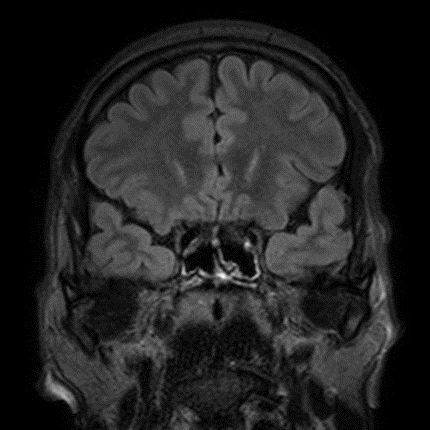
Normal MRI at mesial temporal lobe
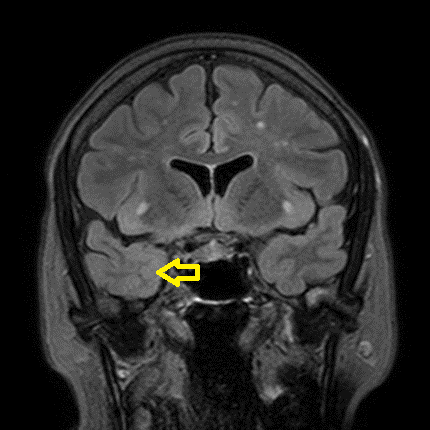
MRI containing blurring phenomena on right side as indicated by the yellow arrow
Results
Classifier
-- artificial neural network;
-- nearest neighbour;
-- and decision tree
-- 24 were extracted from the co-occurrence matrix using Haralick texture descriptors and
-- 8 were intensity statistics obtained from histogram.
References
- Shaker, M. & Soltanian-Zadeh, H., 2008. Voxel-Based Morphometric Study of Brain Regions from Magnetic Resonance Images in Temporal Lobe Epilepsy. Image Analysis and Interpretation, 2008. SSIAI 2008. IEEE Southwest Symposium on, 209-212.

